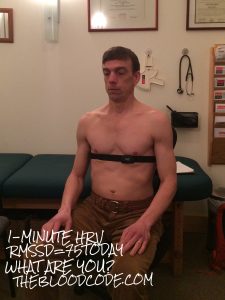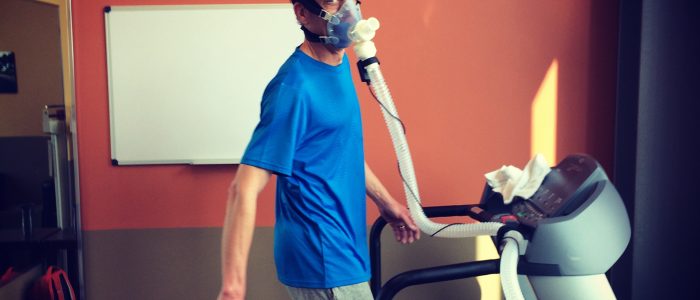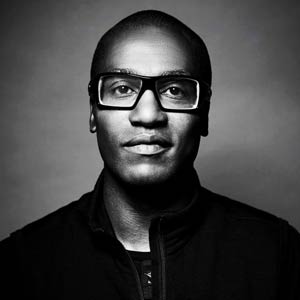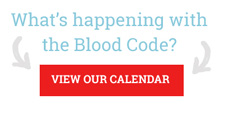I have presented at Paleof(x) in Austin Texas five years in a row, and each year I take home a few pearls. So, for 2018, I’d like to share the five things I learned that I embraced that might help you too. Share this with others if you find it helpful. Here are the first three: Movement, Blue Light and Heart Rate Variability.
Enjoy – Rich
MOVEMENT as EXERCISE
Movement is truly the primal health hack. This year’s conference had several activity courses. The folks at Real Fit do a fabulous job of putting you through a series of exercises to measure and assess your “true” strength and fitness. This goes way beyond your finish time in a 5k, it equally measures things like power, explosive strength, quickness and endurance. Your workout will change to stay this conditioned.
I believe movement should be quite playful rather than mindless or repetitive. My friend Darryl Edwards has nailed this. I love his stuff. You can find his very latest book here, ANIMAL MOVES [https://amzn.to/2I3R6jf] And he has been at this for a while, so check out his earlier works too, like the PALEO FITNESS GUIDE [https://amzn.to/2IdPFyu]
And at this year’s Paleof(x), I was reminded of some other science about best controlling blood sugar and type diabetes. Strenuous exercise for only 30 seconds, like holding a squat or high-knees running in place, significantly reduced post-meal glucose elevation. I am at conferences that harp on adding things to a meal to lower the glycemic effect, like vinegar or herbal treatments such as ginseng or berberine, and the studies using strenuous exercise for less than 1 minute prior to the meal work as well. Even more benefits are gained by walking for 20 minutes following the meal. This is in stark contrast to the couch-TV or desk-computer scenario that dominates post-meal activity.
Movement is key and is likely what your ancestors did all day long, on and off. Not merely during a workout at 6 AM.
BLUE LIGHT
Block the Blue Light! I appreciate going to a conference where people walk their talk, and Paleo is about as righteous as it gets. You will see many people walking around the conference hall wearing yellow eyeglasses. What gives?
Simply, blue light is harmful to the eye…especially in kids.
And by harmful – we aren’t just talking sleep disruption, it’s the blindness risk that gets my attention. The sun has blue light, but it’s 93 million miles away. LED and fluorescent light are selectively high in blue light frequency and they are <12 inches away in many instances and with dilated pupils at night. Here is a very conservative article about the issue – https://www.preventblindness.org/blue-light-and-your-eyes
So what do I recommend here? If I had to be in front of computer monitors all day, I’d use my yellow lens shooting glasses. [Or these Amazon gamer glasses work too] But simpler, I suggest you set the blue block (night shift mode) on your devices 24 hours a day. As for my clinical office – I stick with incandescent bulbs.
HRV
Getting back to movement and breathing. Heart Rate Variability (HRV) is at the conference more than ever. I appreciated seeing the producers of my favorite app that measure HRV, EliteHRV. Back in the old days, long distance runners used to pride themselves on having such a slow pulse, myself included. Turns out, more than a few of these runners found themselves dying of cardiac arrest. What gives?
Well, oops. Turns out that slow pulse was not a good metric of cardio-metabolic fitness. Twenty years of research hasconfirmed that having a variable heart rate, one that can swiftly speed up and slowdown as required in the moment. After vigorous exercise the speed at which your heart rate slows down is called heart rate recovery. Heart rate variability, on the other hand, is a measure of the dynamic interplay of a faster and slower pulse as you breathe. A high-quality heart rate monitor (HRM) measures the time distance between heartbeats while you slowly breathe in a relaxed position. Simply, the higher the heart rate variability, the healthier and fitter you are.

Until this year, the only monitors that worked were attached to a chest strap. But technology has caught up, and I have ordered the upcoming finger measurements HRM device from elite HRV. This finger device only works if you’re sitting still, so if I am using and HRM during exercise, I will still require the chest strap.
Here, I wrote a blog post about how I use HRV in practice and for myself
You can get started with the basic equipment I have which is
- Free EliteHRV app – see your app store.
- A Polar H7 Monitor: https://amzn.to/2KvLNHp





Comments are closed.